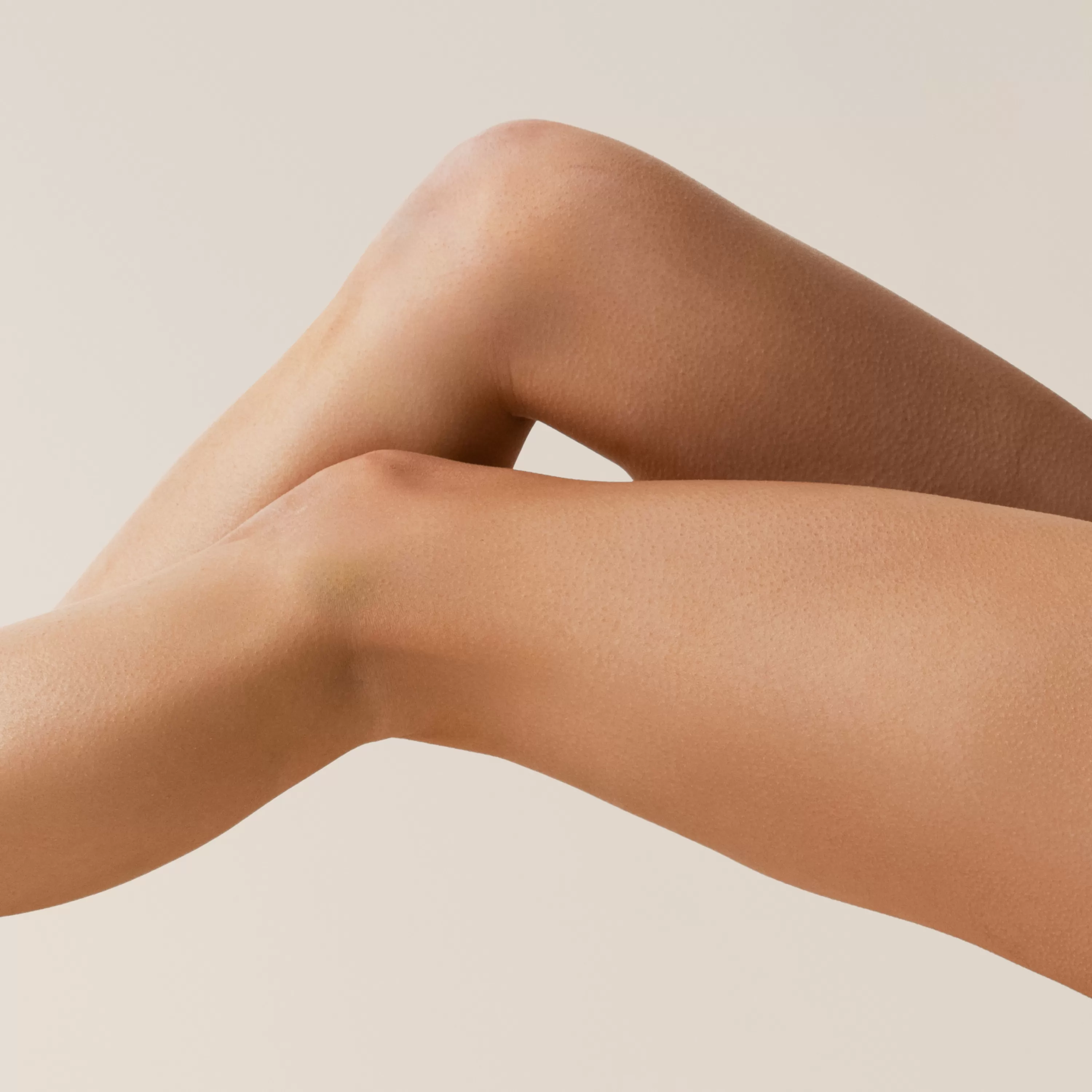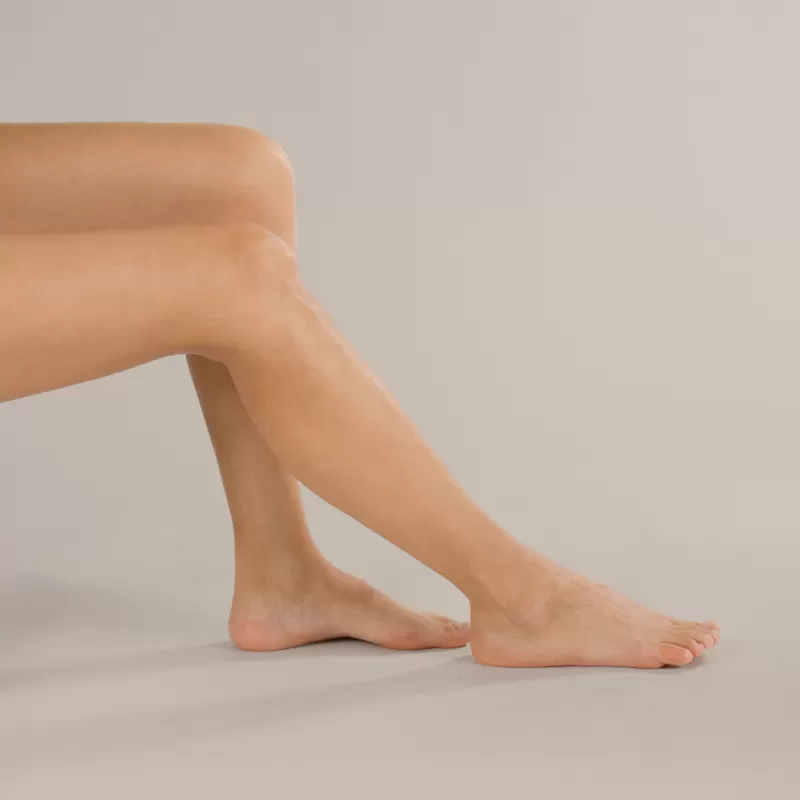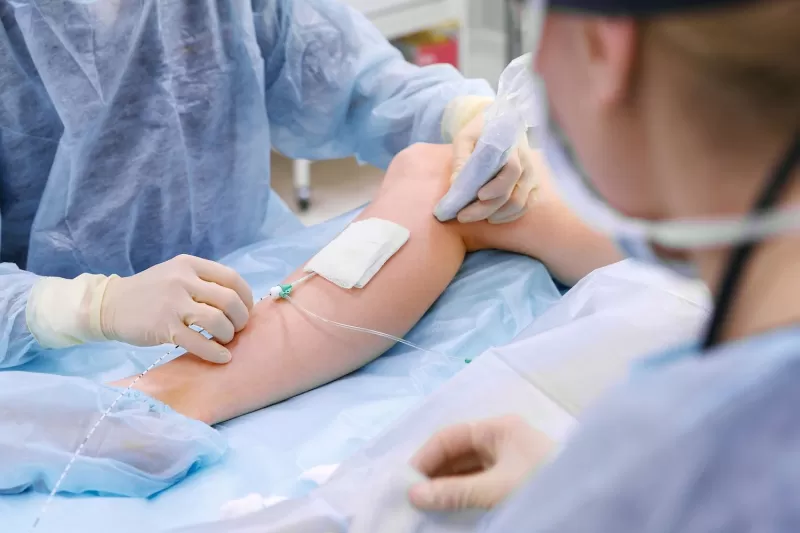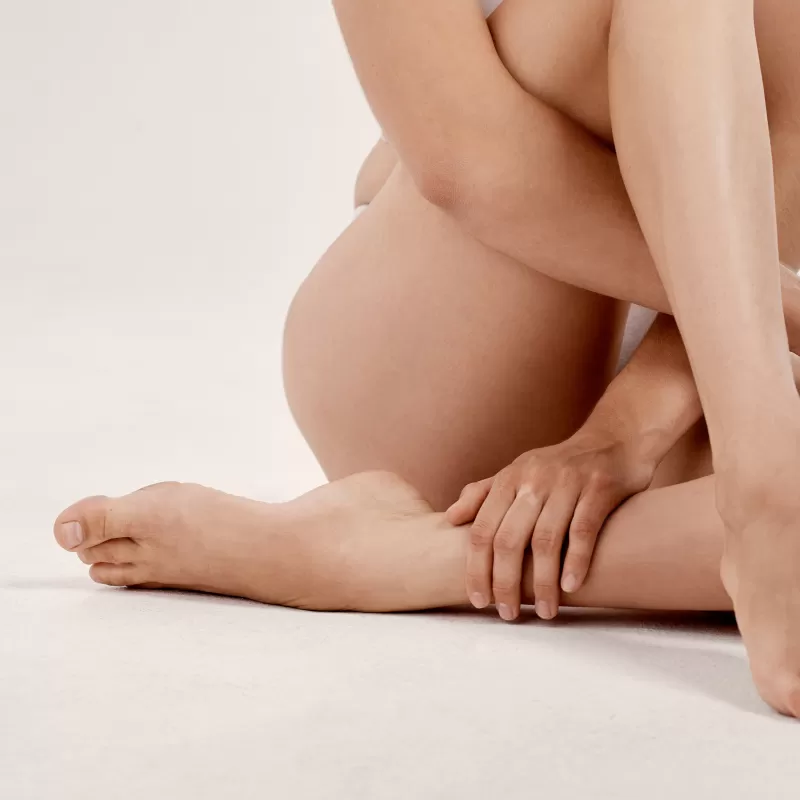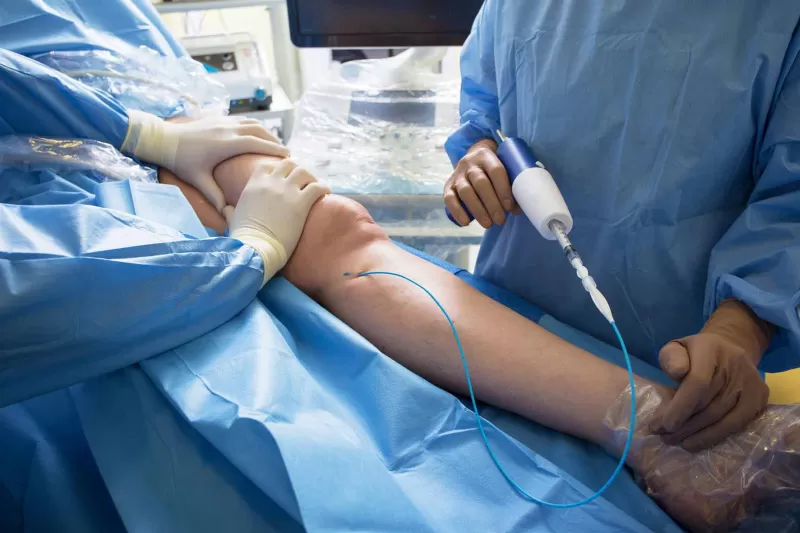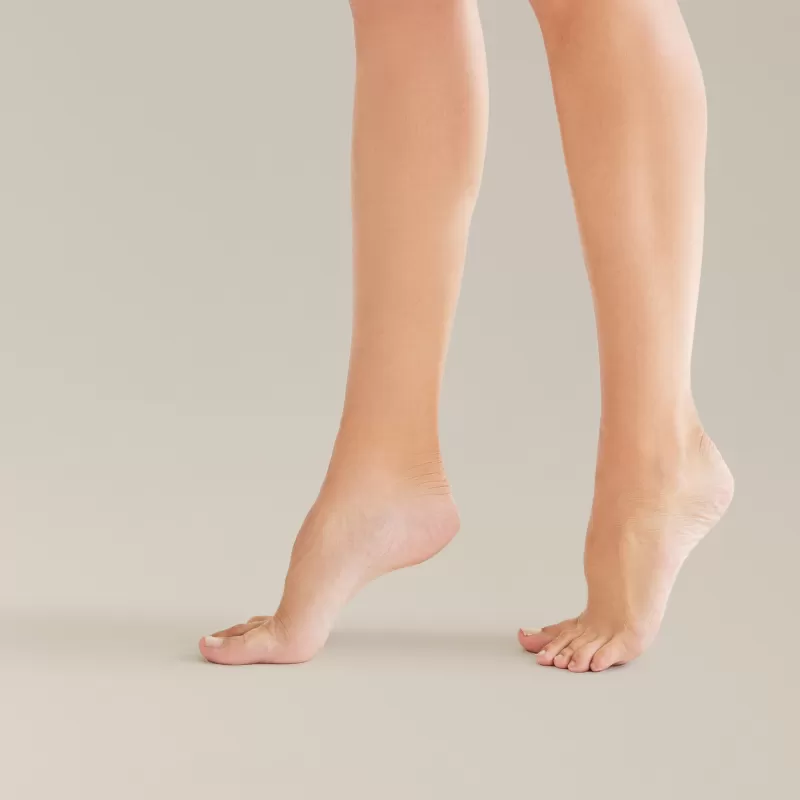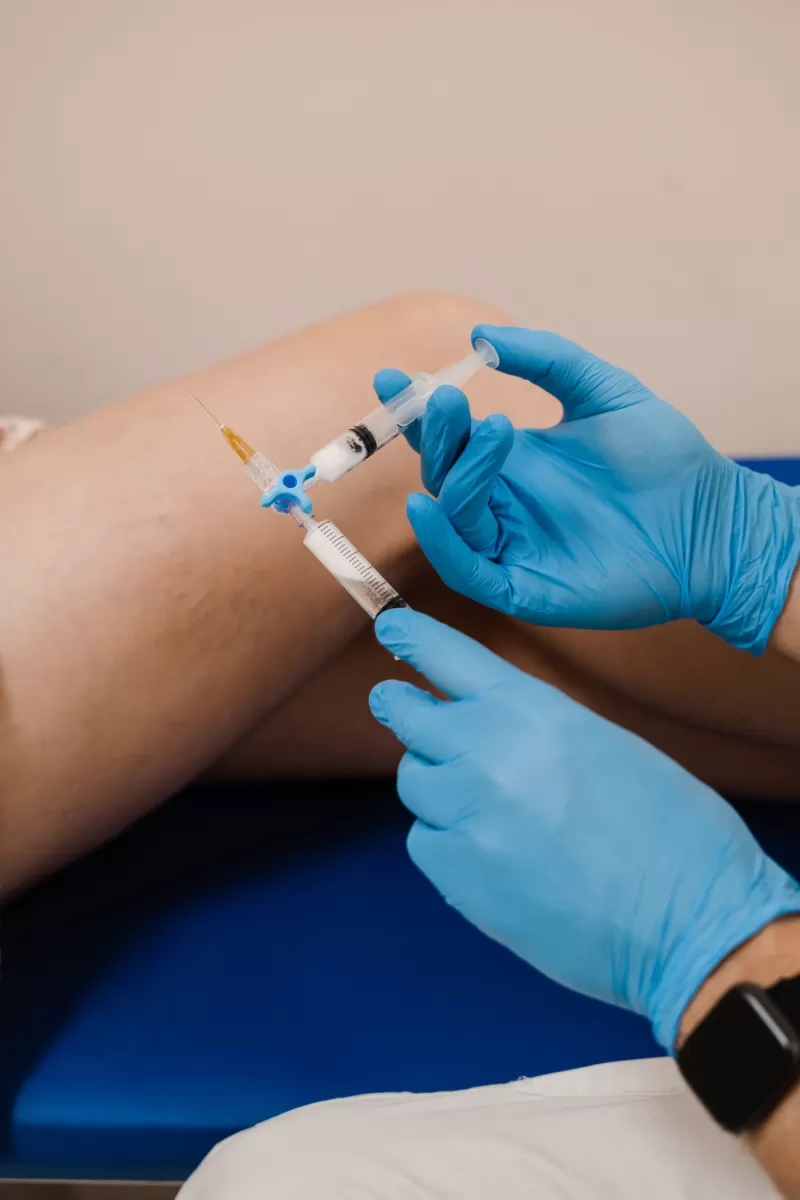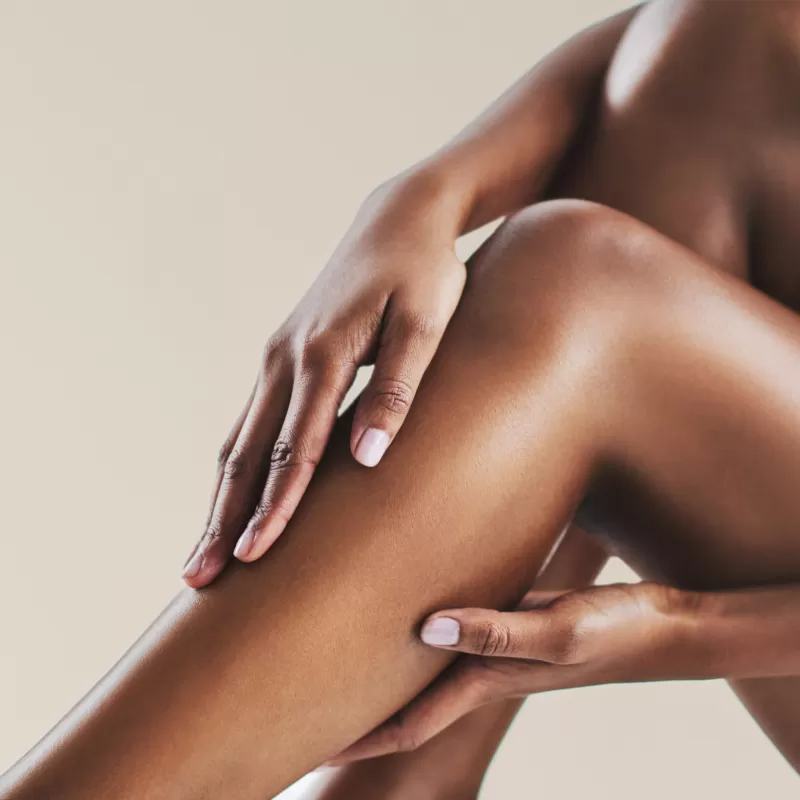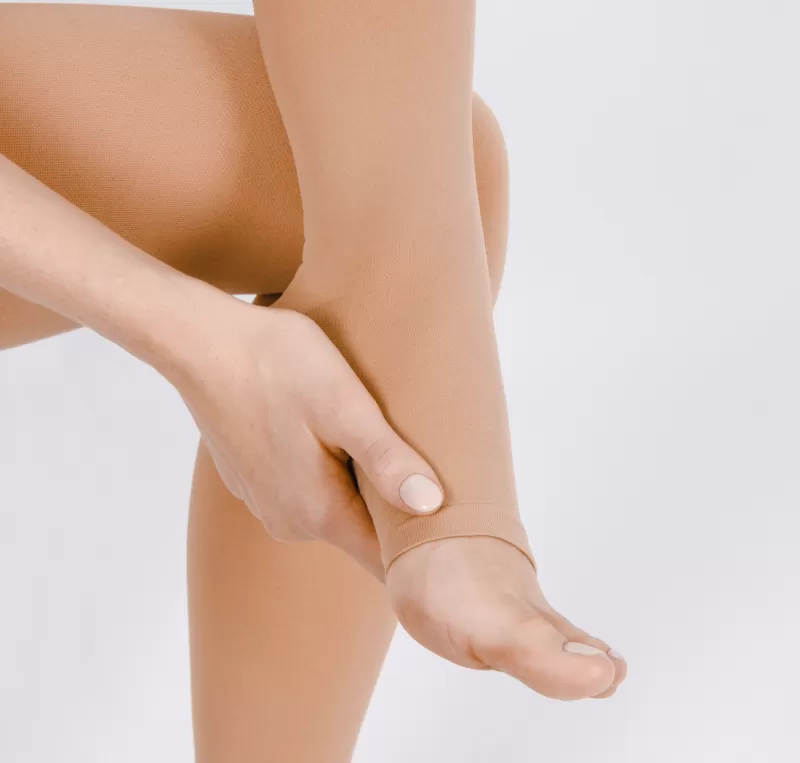Venous Eczema
Venous Eczema
Condition
Respond to itchy, dry and flakey venous eczema with the help of our vein doctor and her team. Reclaim healthier legs today at Canberra Vein Care by the R Clinic.
What is venous eczema?
What is venous eczema?
Venous eczema, also known as stasis dermatitis, varicose eczema or gravitational dermatitis, is an inflammatory condition of the skin seen in association with venous insufficiency also called venous reflux.
Venous eczema is more common in people with varicose veins, but not all patients with venous reflux and venous eczema will have visible varicose veins, as the varicose veins may be “hidden”. Without the correct varicose vein treatments, venous eczema may lead to chronic skin ulceration.
Stasis dermatitis is usually found around the ankles or lower legs and frequently misdiagnosed as cellulitis or simple eczema. Patients have typically struggled with this condition for many years with chronic relapsing.
What causes venous eczema?
What causes venous eczema?
Venous reflux occurs when the valves in the veins fail and blood travels toward the feet instead of the heart. This increases the pressure in the veins, which can cause fluid to leak into the surrounding tissues. It is thought that venous eczema may develop as a result of the immune system reacting to this fluid.
How can we help?
How can we help?
At The R Clinic, our vein doctor, Dr Melanie Sung, offers multiple state-of-art, non-surgical varicose vein treatments tailored to your condition. We offer endovascular thermal ablation (including radiofrequency ablation), medical superglue ablation, micro-sclerotherapy, ultrasound guided sclerotherapy, and compression therapy. By offering an alternative to surgery means drastically reduced wait time for treatment, plus minimal downtime associated with these forms of non-invasive treatments means better recovery and outcomes for our patients.
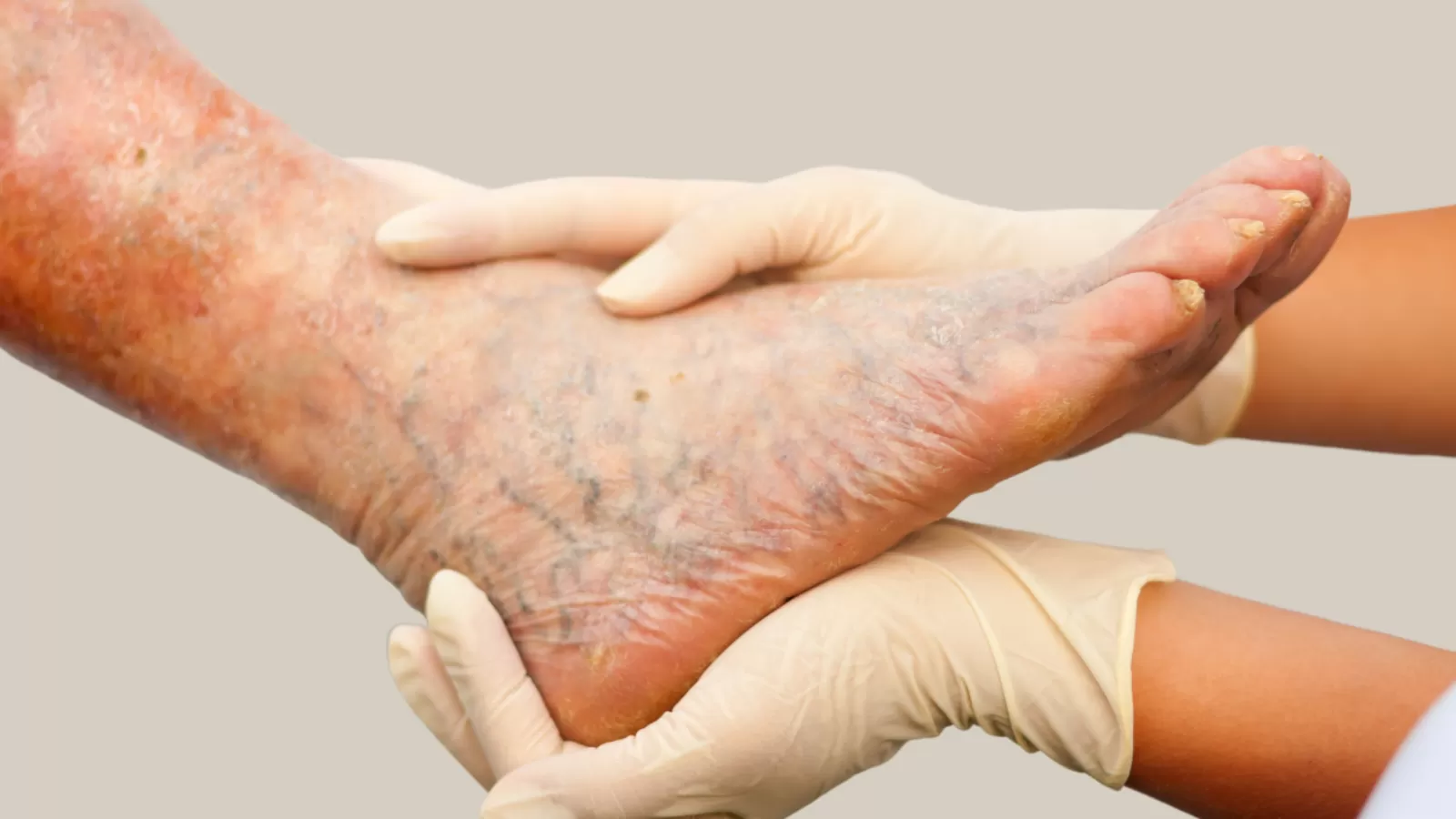
FAQ
Have further questions or want to learn more?
Who gets venous eczema?
Venous eczema is most often seen in middle-aged and older patients — it is reported to affect 20% of those over 70 years. It is associated with:
- History of deep venous thrombosis in an affected limb
- History of cellulitis in an affected limb
- Chronic swelling of the lower leg, aggravated by hot weather and prolonged standing
- Varicose veins
- Stasis ulcers.
How can I reduce the risk of developing varicose eczema?
There are a number of steps you can take to reduce the risk of developing varicose eczema. One key step is to improve the blood circulation in the legs; for example, by walking more, if possible, and elevating the legs when seated.
If you have varicose veins, or have had phlebitis or a deep vein thrombosis, you will need to give extra care and attention to your legs for the rest of your life, since varicose eczema can occur years later. Try to lose weight, if necessary.
What are the complications of venous eczema?
- Impetiginisation — secondary infection with Staphylococcus aureus resulting in yellowish crusts
- Cellulitis — infection with Streptococcus pyogenes: there may be redness, swelling, pain, fever, a red streak up the leg, and swollen nodes in the groin
- Secondary eczema — eczema spreads to other areas on the body
- Contact allergy to one or more components of the ointments or creams used
What are the clinical features of venous eczema?
Venous eczema can form discrete patches or become confluent and circumferential. Features include:
- Itchy red, blistered and crusted plaques; or dry fissured and scaly plaques on one or both lower legs
- Orange-brown macular pigmentation due to haemosiderin deposition
- Atrophie blanche (white irregular scars surrounded by red spots)
- ‘Champagne bottle’ shape of the lower leg — narrowing at the ankles and induration (lipodermatosclerosis)
Will I always have venous eczema?
This type of eczema can be an ongoing problem. The condition can become worse and then settle down, but if you have a good skin care routine, and are taking steps to support the blood circulation in the legs; together, these actions will help prevent flare-ups.
Don’t be too worried if varicose eczema appears – extra care and attention to the area can often clear the problem and prevent the skin breaking down. However, you may be left with some discolouration of the skin as part of the post-inflammatory process.
Preventative measures are very important and should be continued long-term – you will find that once you get into a routine, they will soon become a way of life!
What is the treatment for venous eczema?
Reduce swelling in the leg
- Don’t stand for long periods and take regular walks
- Elevate feet when sitting or elevate the foot of the bed overnight
- During the acute phase of eczema, bandaging is important to reduce swelling
- When eczema has settled, wear medical grade compression stockings
Treat the eczema
- Apply a prescription topical steroid cream to control dermatitis. Coal tar ointment may also help
- Dry up oozing patches with dilute vinegar on gauze as compresses
- Use a moisturising cream frequently to keep the skin on the leg smooth and soft. If the skin is very scaly, urea cream may be effective
- Protect your skin from injury
- Oral antibiotics may be prescribed for secondary infection
Treat underlying varicose veins
- Seek the opinion of a vein specialist regarding varicose veins
- These can be treated with endovenous thermal ablation or sclerotherapy
